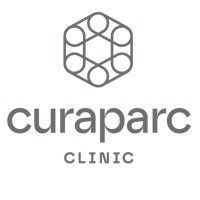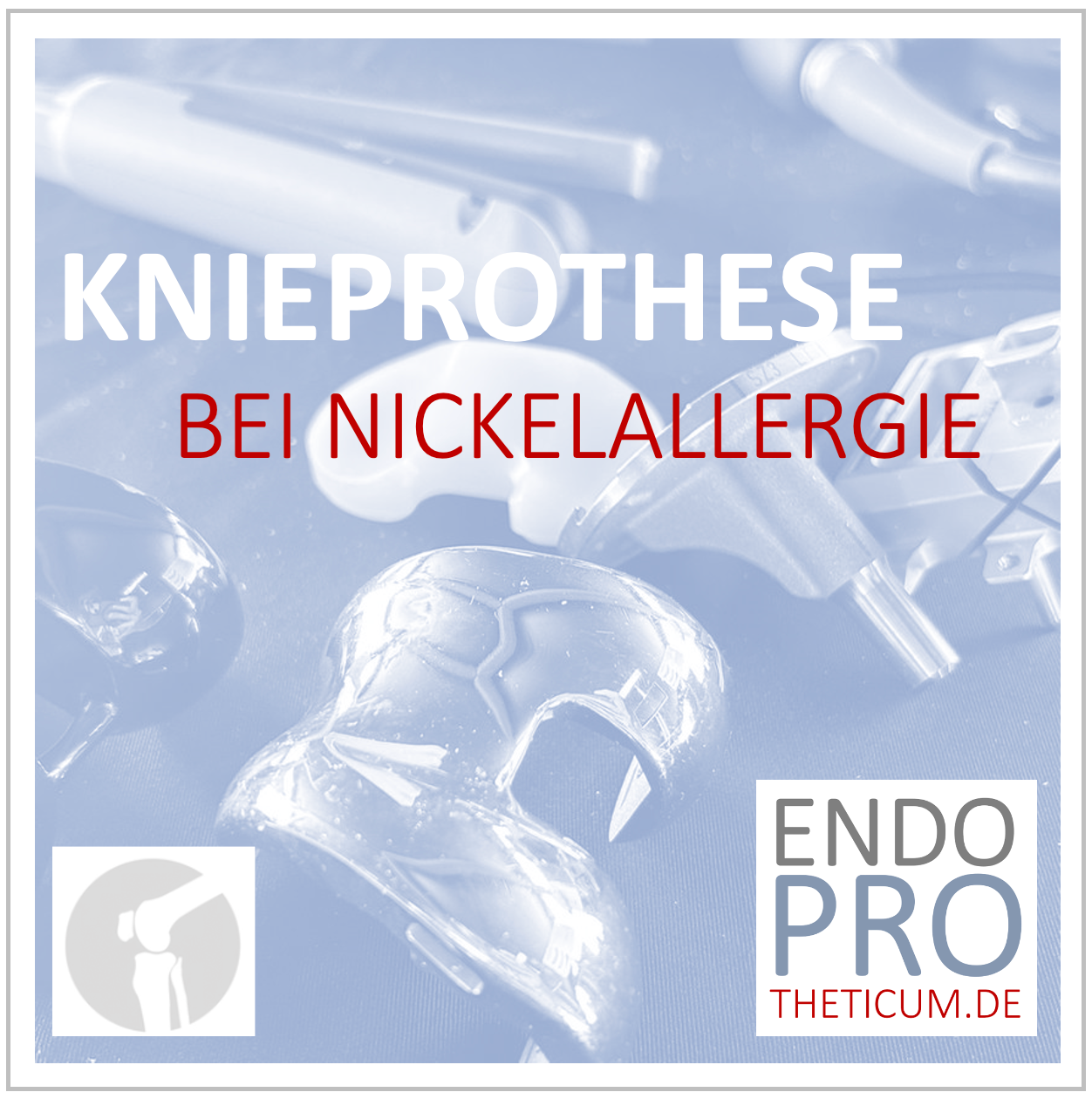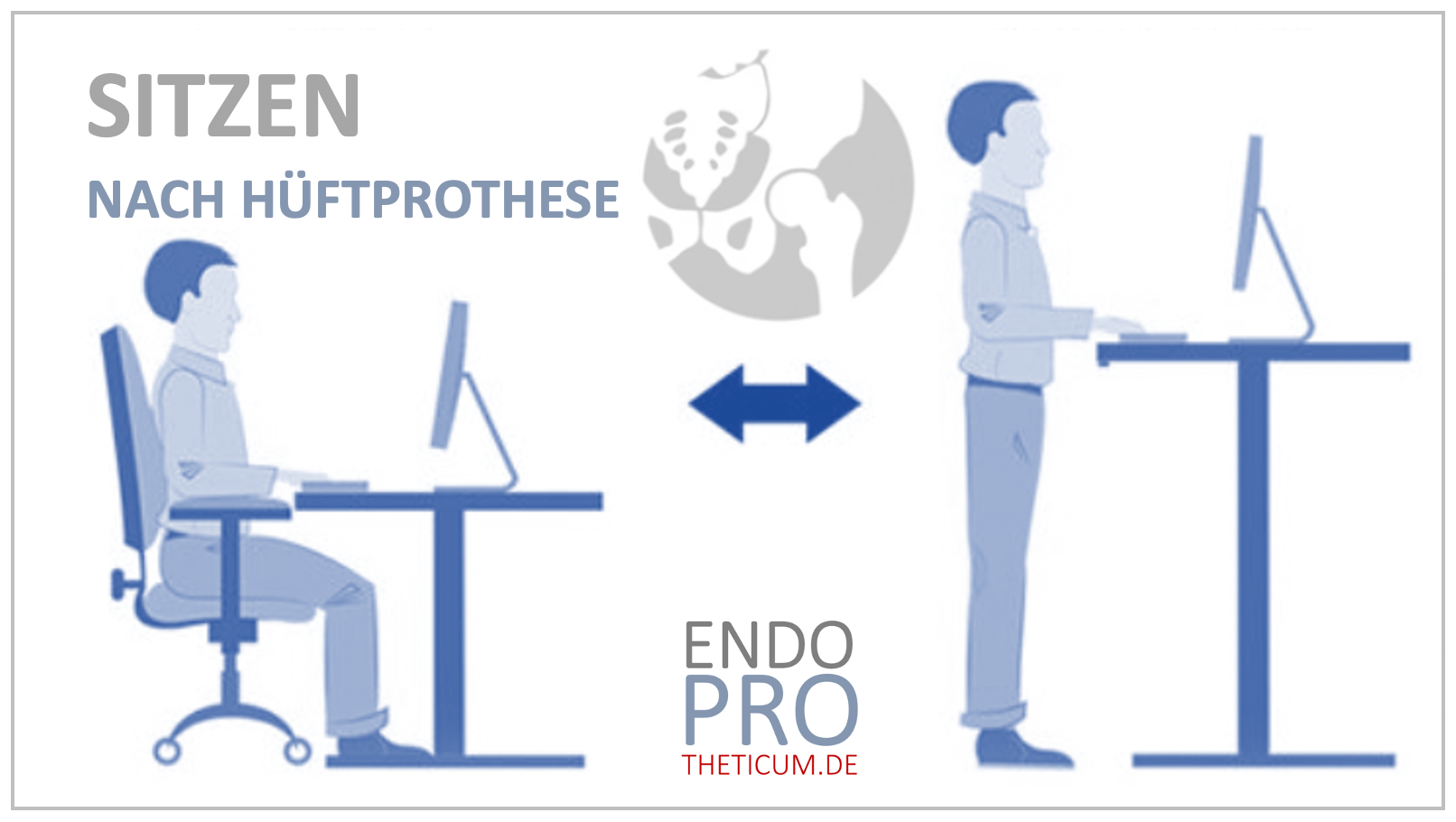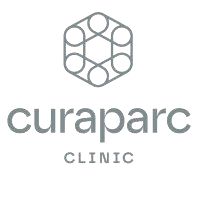Hyaluronic acid for osteoarthritis – when does it help and when does it not help?
When does hyaluronic acid help with osteoarthritis of the knee and hip?

Hyaluronic acid has been used successfully for years to treat osteoarthritis, particularly knee osteoarthritis. The substance, which occurs naturally in the body in joint fluids, can help lubricate the joints and improve their mobility, which can reduce pain and improve quality of life. Studies show that injections of hyaluronic acid often have a positive effect, especially in dry forms of osteoarthritis, i.e. without inflammatory processes or joint effusion. In the case of inflammatory osteoarthritis, however, the success rate is usually lower because the hyaluronic acid cannot work as effectively here.
In the knee joint, hyaluronic acid can relieve pain and possibly slow cartilage breakdown by acting as a type of "lubricant." A distinction is made between low-molecular and high-molecular hyaluronic acid, which remain and act in the joint for different lengths of time. Low-molecular-weight hyaluronic acid has the potential to penetrate the joint more quickly and provide rapid relief in mild to moderate forms of osteoarthritis, while high-molecular-weight variants tend to have a longer effect but are less incorporated into the cartilage.
Hyaluronic acid is also used for the hip joint, but its use there is associated with slightly higher risks. When injecting into the hip, the location and access can lead to complications such as injuries to nerves or blood vessels in the groin area. Therefore, careful consideration is often made as to whether hyaluronic acid is actually the appropriate therapy.
When using hyaluronic acid for osteoarthritis, the molecular weight of the substance used plays an important role in the effectiveness and durability of the treatment. Hyaluronic acids are available in low and high molecular weight, and both variants have different properties and application advantages.
Differences in the molecular weight of hyaluronic acid
- Low molecular weight hyaluronic acid has a lower molecular weight and can penetrate the joint tissue more quickly. It usually has a short-term effect and is preferred for mild to moderate osteoarthritis. Since it breaks down more quickly, multiple injections are necessary to maintain the effect over a longer period of time. Its small size also means that it is well distributed throughout the tissue, but often offers less mechanical stability.
- High molecular weight hyaluronic acid is more viscous due to its larger molecular structure and remains in the joint longer. This variant is often used in more advanced cases of osteoarthritis because it can better “cushion” the joint and has anti-inflammatory properties. High molecular weight hyaluronic acids often provide longer-term pain relief, but the effect is delayed and usually occurs after several weeks
Dosage and course of therapy: The hyaluronic treatment
A typical hyaluronic acid therapy for knee osteoarthritis often involves a series of injections over several weeks. The classic hyaluronic treatment with five injections is a common method in which one dose is injected into the affected joint over five weeks. The gradual administration ensures that the hyaluronic acid is optimally distributed and the viscoelastic properties of the gel in the joint are optimally effective.
The effect of this regimen varies: patients often report a gradual improvement in their symptoms after about two to three injections. The step-by-step approach is intended to gradually relieve the joint and promote natural regeneration, while the joint space is lubricated again and pain is reduced
Frequency of use of hyaluronic acid
The dosage may vary depending on the type of hyaluronic acid and manufacturer. There are low-dose products that need to be injected more frequently and high-dose products that are administered at longer intervals. The decision on the dosage and the injection rhythm depends on the course of the disease, the joint situation and the patient's reaction to the treatment. High-molecular hyaluronic acids often require fewer sessions because they remain in the joint longer.
Hyaluronic acid for osteoarthritis: what is it and how does it work?
Hyaluronic acid is a natural component of cartilage and synovial fluid and plays a central role as a “lubricant” in the joints. In osteoarthritis, a degenerative joint disease, the synovial fluid is often less viscous and the cartilage is worn down, affecting mobility and causing pain. The treatment involves injecting hyaluronic acid into the affected joint to improve lubrication and provide some pain relief. The effect often only begins after several weeks and can vary from patient to patient.
When does hyaluronic acid help with knee osteoarthritis?
Hyaluronic acid is particularly commonly used for knee osteoarthritis and can improve mobility and relieve pain in certain cases, especially in “dry” osteoarthritis where inflammation and swelling in the joint are not the main focus. For mild to moderate osteoarthritis, many patients show significant improvement in symptoms, making hyaluronic acid a popular additional option. However, in advanced osteoarthritis or inflammatory forms with severe irritation and joint effusions, the benefit is often less as the inflammatory process can impair the effect.
Hyaluronic acid for hip osteoarthritis: risks and opportunities
Hyaluronic acid can also be used in the hip joint, but the injection is technically more demanding because nerves and blood vessels run in the groin in close proximity. Due to the higher risk of injury, the injection must be carried out under strict medical control. Moderate success can be seen in non-inflammatory forms of hip osteoarthritis, but the effect here often lags behind that of knee osteoarthritis. In addition, some experts point out that its use in hip osteoarthritis is less researched and therefore more controversial than in the knee area.
Hyaluronic acid: risks, side effects and controversies
Even though hyaluronic acid injections are generally well tolerated, side effects such as pain, swelling, redness or, in rare cases, allergic reactions can occur. In the event of an overreaction, treatment can be stopped. Studies show that only around half of patients feel a benefit and have to bear the treatment costs themselves, as statutory health insurance companies in Germany view hyaluronic acid injections as an individual health service (IGeL).
Scientific point of view on the effectiveness of hyaluronic acid
Scientific opinion on the effectiveness of hyaluronic acid is divided. While some studies show that the acid brings a moderate improvement in non-inflammatory osteoarthritis, organizations such as “Stiftung Warentest” point out that the effectiveness of the treatment is controversial. Most of the positive effects appear to be temporary, and long-term studies on pain relief and improvement in functionality are still lacking. Therefore, statutory health insurance companies generally do not cover the costs of treatment with hyaluronic acid.
Conclusion: When is hyaluronic acid useful?
Hyaluronic acid injections are a possible treatment option depending on the degree of osteoarthritis, molecular weight and individual reaction. While the five-syringe hyaluronic treatment can support long-term lubrication and regeneration of the joint, other dosages and molecular weights are also effective. For many patients, detailed advice is crucial in order to choose the right form of therapy.
Hyaluronic acid for osteoarthritis may be an option, especially for patients with dry knee osteoarthritis and low levels of inflammation. However, with hip osteoarthritis and advanced joint destruction, expectations are rather low. Each patient should consider individually and in consultation with the ENDOPROTHETICUM whether such treatment makes sense and which alternatives should be considered.
MAKE AN APPOINTMENT?
You are welcome to make an appointment either by phone or online .



























